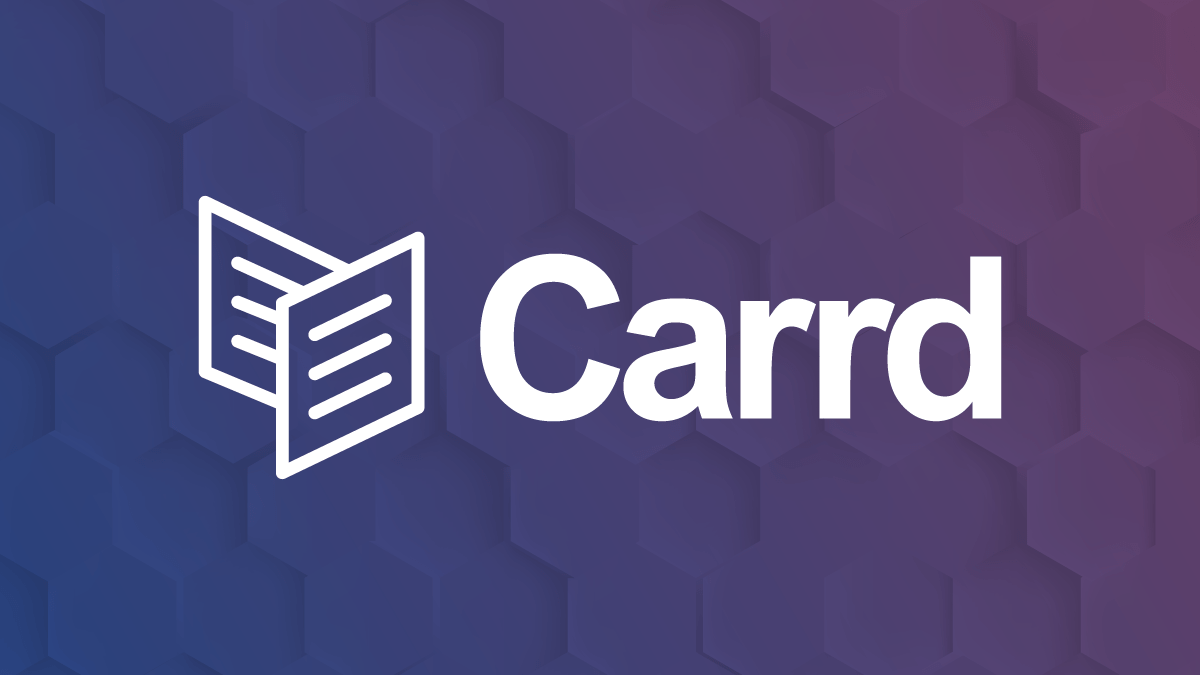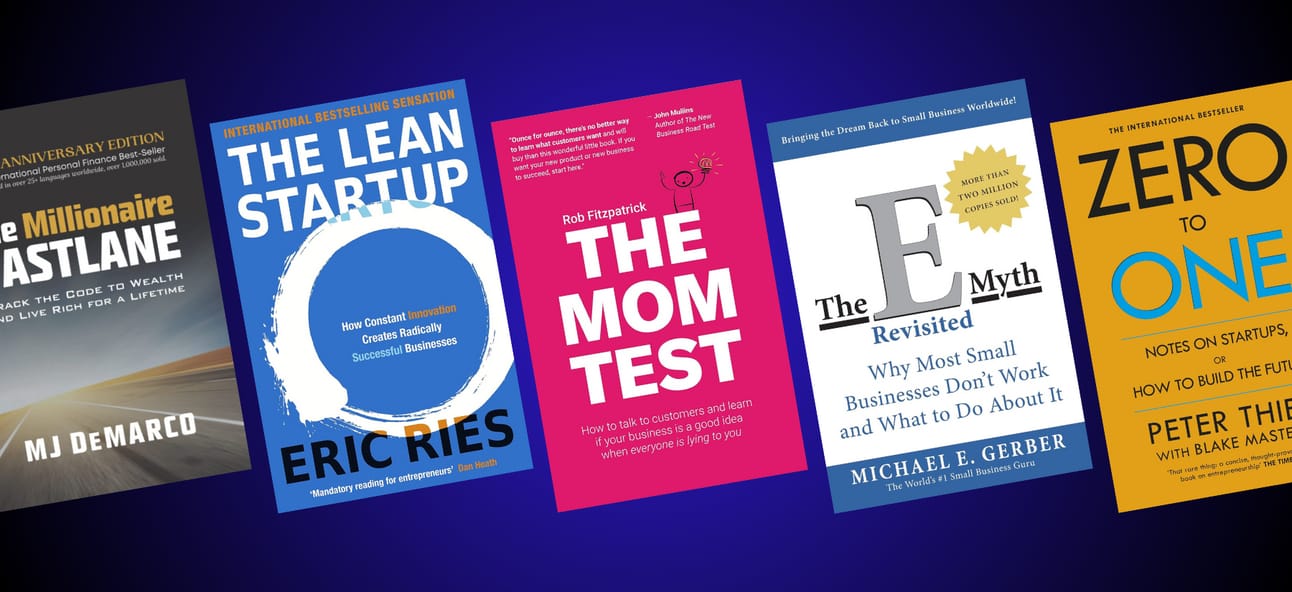Millions scroll eBay hoping to spot something they’ve been hunting for—what if the item came to them instead?
It could look like a “reverse eBay”—where buyers post what they want, and sellers compete to deliver.
In this edition of Easy Startup Ideas, you’ll learn how to launch a demand-first marketplace that flips traditional e-commerce on its head. It's fast to build and packed with ways to monetize!
Featured Business - Carrd
Build one-page sites for pretty much anything.
Whether it's a personal profile, a landing page to capture emails, or something a bit more elaborate, Carrd has you covered. Simple, responsive, and yup — totally free.
Advertise your business or website here.
Today’s Idea
A reverse marketplace where buyers post photos, descriptions, and price ranges of items they want — from rare toys, discontinued clothing, to furniture — and sellers respond with what they have to offer.

Ideal Customer
Collectors and Enthusiasts — searching for rare, vintage, or discontinued items.
Sustainable Shoppers — seeking pre-owned alternatives instead of buying new.
Resellers and Thrifters — who can fulfill niche item requests and flip inventory quickly.
Designers and Curators — looking for unique one-offs for clients.
Casual Users — someone who lost a beloved item or wants a replacement for something nostalgic.

Why It Will Succeed
Demand-Led Model: Unlike eBay where you list and hope, here demand exists before supply. The buyer is committed upfront.
Emotional Drivers: Emotional resonance fuels purchases — finding a childhood toy, a discontinued perfume, or a lost fashion piece.
Reduced Inventory Risk: Sellers don't need to list upfront or manage full inventories, only respond to existing requests.
Clear Differentiator: While similar platforms (like Craigslist "Wanted" sections or Facebook groups) exist, they’re disorganized and lack trust or structure. No major marketplace has prioritized demand-first transactions at scale.
AI & Image Matching Capabilities: AI can be used to match buyer uploads with seller databases, boosting efficiency and discovery.

Getting Started and Building an MVP
MVP Features to Build (in this order):
Buyer Listings Page
Form to upload a photo
Description field (rich text or structured: category, brand, condition, etc.)
Budget range input
Post publicly to a listings feed
Seller Response Flow
Simple "Respond" button on each wanted item
Upload photo of item, short description, price offer
View and message the buyer after submission
Messaging Interface
Payment and Escrow
Integrate Stripe to allow buyer to pay
Hold funds until item is marked received
Automatically release payment to seller
Admin Dashboard
Monitor listings, flag abuse, approve disputes
Basic analytics to track growth and usage
Option 1: No-Code (Visual Builders)
Best for: Fast experimentation with full design control
Option 2: Code-Based (Custom Build)
Best for: Long-term flexibility and deep customization
Frontend: Next.js with Tailwind CSS
Backend: Supabase or Express.js + PostgreSQL
Payments: Stripe Connect for escrow
AI Matching: Start with Google Vision API; upgrade to custom image embeddings later
Option 3: Marketplace Builder Platforms
Best for: Getting live faster with minimal tech setup
Use a purpose-built platform like:
Sharetribe – Specializes in peer-to-peer marketplaces. Offers both:
Sharetribe Go: No-code setup with essential features (messaging, Stripe payments, listing/search).
Sharetribe Flex: More customizable with APIs and custom UI via React.
Arcadier – Multi-vendor platform that supports both physical and service marketplaces. Has built-in seller onboarding, messaging, and order flow.
Marketplacer – Enterprise-grade, better for larger ambitions but pricier. Integrates deeply with inventory and logistics.
Pory.io – If you want to build on Airtable with clean frontends and logic, it can be a lightweight way to list items and connect users.
Quick Setup Example Using Sharetribe Go:
Buyer posts a “wanted” listing using the listing flow
Seller browses listings, replies with an offer
Chat, offer acceptance, and payment all managed in-app
Customize branding, structure, and payment rules without code

Required Reading for Aspiring Entrepreneurs
If you're serious about starting something — or growing what you've already got — these are the books that’ll actually help.
No gurus. No cringe. Just real takeaways.

Monetization Strategies
Transaction Fees: Take 8–12% per transaction, similar to eBay or StockX.
Priority Listings: Buyers can pay to boost their “wanted” posts.
Pro Seller Accounts: Resellers pay for analytics, faster matching, or CRM tools.
Escrow & Authentication Fee: Offer optional escrow and authentication for high-value items (think sneaker verifications like GOAT).
Affiliate Sourcing: If a seller can’t help but you find the item on another site (e.g. Etsy, Poshmark), take affiliate revenue by brokering the deal.

Marketing Strategies
Micro-Niche Targeting First
Start with 1–2 deep enthusiast groups:Reddit subreddits like r/VintageToys, r/StreetwearStartup
Discord communities around niche hobbies
Facebook groups for collectors or discontinued goods
Influencer Integrations
Offer early access or rev share to YouTubers/creators who specialize in unboxing, collecting, or fashion thrifting.Reverse Marketplace Stories
Turn successful match stories into social content:“She finally found her 1997 Polly Pocket!”
“A guy in Ohio had the original Apple t-shirt I’d been hunting for 10 years”
SEO Strategy
Content marketing targeting queries like:“Where to find discontinued [brand]”
“I want to buy [rare item]”
Build out a blog around these keywords.
Word-of-Mouth Features
Let buyers share their wanted posts with friends who might know someone who has it. Referral-style virality.

Expanding and Improving
AI Matching & Suggestion Engine
Train models to match seller inventory with buyer photos and tags.Verified Sellers & Track Record
Develop seller credibility scores based on fulfillment rate and reviews.Offer Auctions & Bounties
Let buyers post a bounty — the item goes to whoever claims it fastest.Mobile App Integration
Push notifications for new matches, quick listings via camera roll.Personal Shopper Layer
Add premium tier where a team actively hunts the internet for the item.

Thanks for checking out another edition of Easy Startup Ideas!
If you have any comments or suggestions on how to improve this newsletter, please let us know by commenting below.
As an Amazon Associate and affiliate of various partnership programs, the owner of this publication may receive commissions to linked products or services in this newsletter at no additional expense to the reader.

